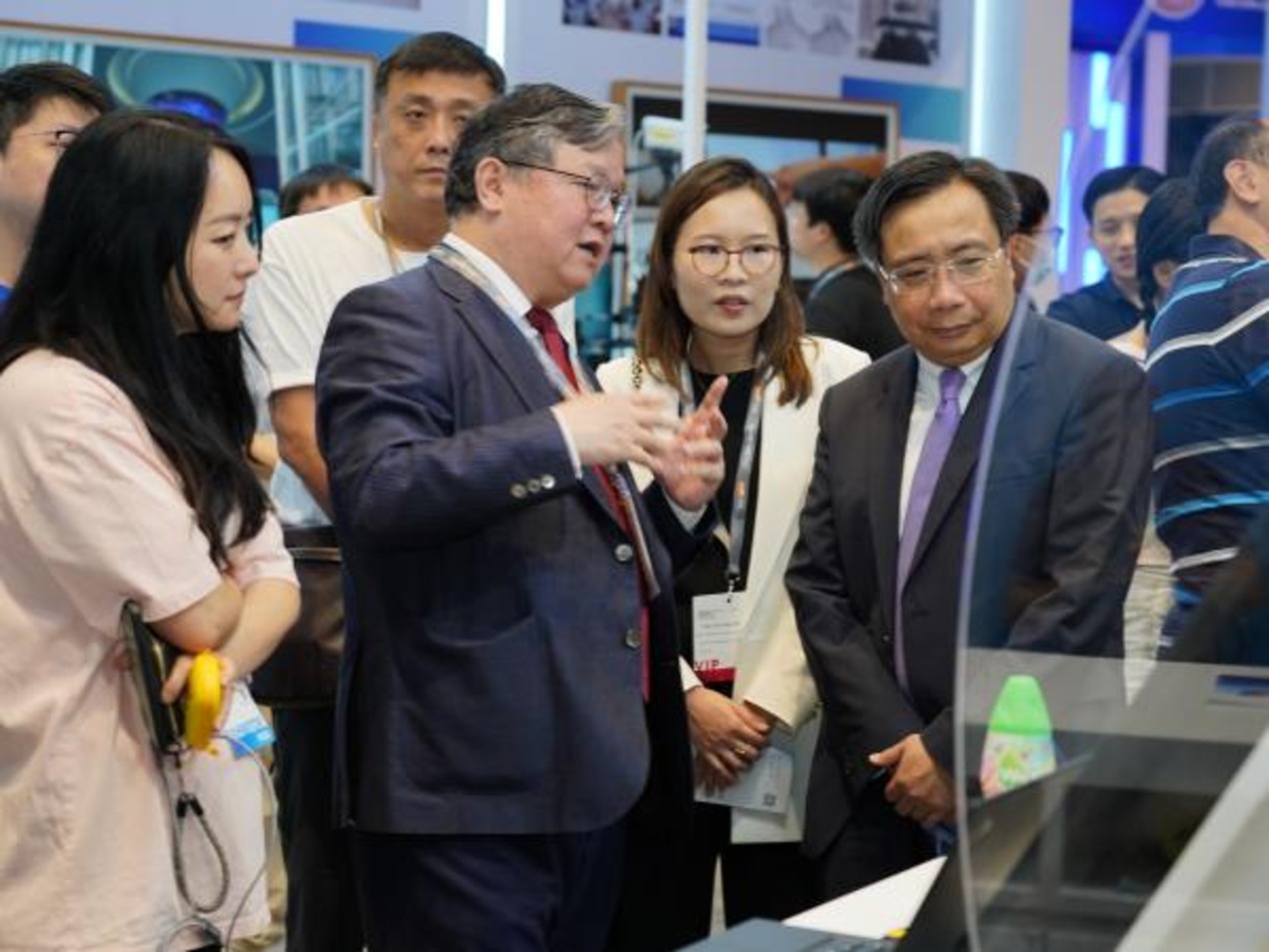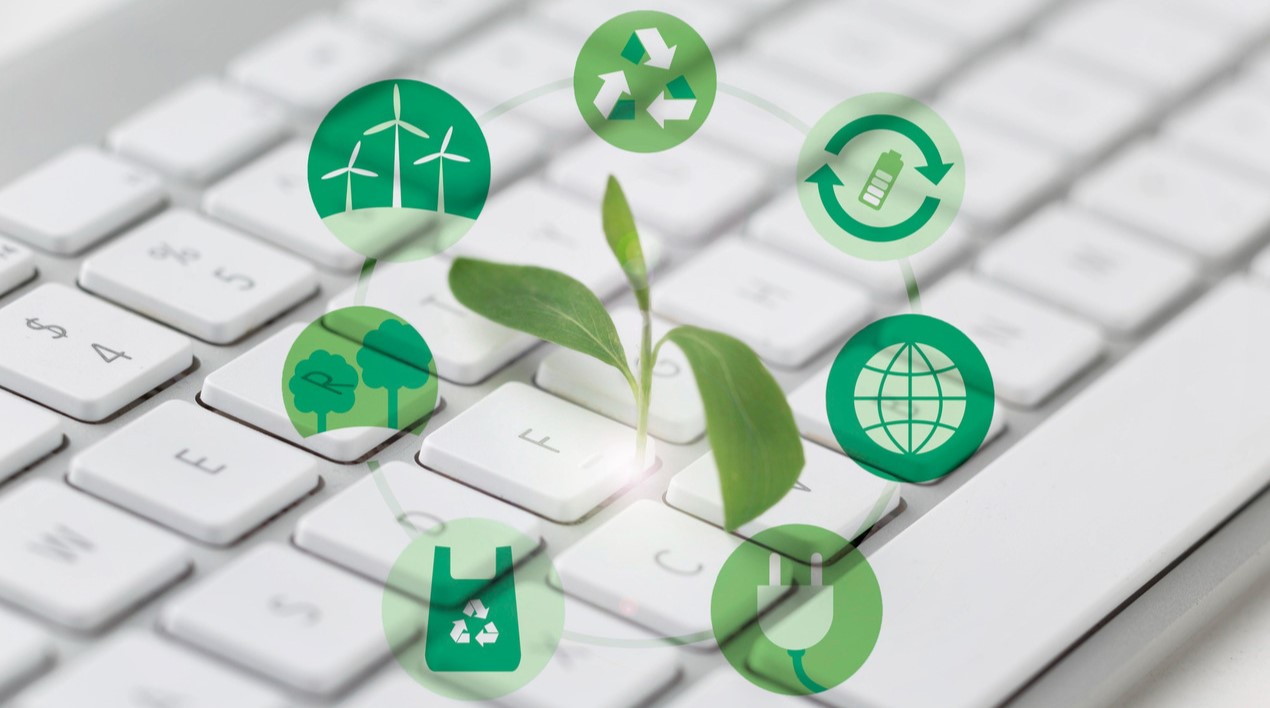
While Hong Kong is going into hyperdrive to establish itself as a hub of Fintech innovation, the city’s reputation for being a significant hub for innovation in financial tech is now almost inseparably linked to its successful integration with the Greater Bay Area (GBA) initiative, a recent report notes.
The aim of the GBA scheme is to create an integrated economic and business hub by linking the cities of Hong Kong, Macau, Guangzhou, Shenzhen, Zhuhai, Foshan, Zhongshan, Dongguan, Huizhou, Jiangmen and Zhaoqing. The initiative is spearheaded by the Chinese government.
PwC’s China and Hong Kong Financial Services lead made it clear that Fintech will play a key role in the integration and development of the GBA.
A survey of over two dozen senior executives from Fintechs, financial institutions (Chinese and overseas) and other firms found that most believe that failing to take advantage of the FinTech opportunity across the GBA will result in the destabilisation Hong Kong’s position as a global FinTech hub.
Most respondents agreed that greater regulatory reciprocity or alignment will be needed to ensure that the 9+2 cities of the GBA can work together in an integrated and productive way.
Furthermore, a vast majority of the respondents are certain that Hong Kong’s ongoing competitiveness as a global FinTech hub may depend on the scale of GBA access that it can provide.
The Financial Services partner at the Hong Kong branch of a multinational professional services network stated that most of the executives with whom the surveyors spoke, see the immediate opportunity for FinTech in the GBA and its ability to serve the needs of SMEs and individuals, rather than large corporates. These customer groups stand to benefit the most from the greater speed and wider access to markets that FinTech can bring.
The professional services firm’s research identified a number of areas where regulatory alignment would support the development of Fintech.
These include:
- Passporting for the new virtual banks from Hong Kong into the GBA and vice versa;
- Introducing a GBA regulatory sandbox;
- Taking steps to achieve seamless financial identity verification and KYC processes;
- Aligning data governance rules; and,
- Establishing measures for addressing legal pain points.
Many of the respondents saw these steps as being crucial for addressing issues that impede efficient GBA integration. They also noted that the steps are key to resolving practical challenges, such as the difficulty of opening bank accounts in Hong Kong.
The talent pool available to FinTech companies is cited as another issue, with tech talent seen to be concentrated in Shenzhen and global financial expertise in Hong Kong. Steps to address the mobility of this talent from one part of the GBA to another are important – particularly in areas of critical shortage, such as AI and blockchain skills.
The Financial Services partner at the Hong Kong branch of the professional services network stated that in the last ten years or so China’s regulators have shown themselves willing to roll out defined liberalisation measures that have created digital-only banks and world-leading payments businesses, and granted access to wider investment options.
He added that the GBA and Fintech will need more such initiatives if the GBA is to take off. However, he also noted that the increasing sophistication of FinTech solutions should make that feasible.
















